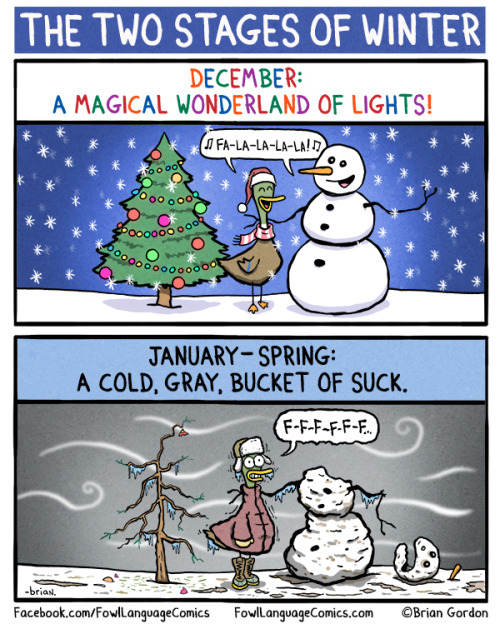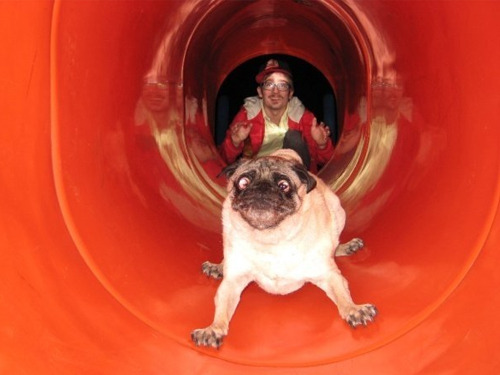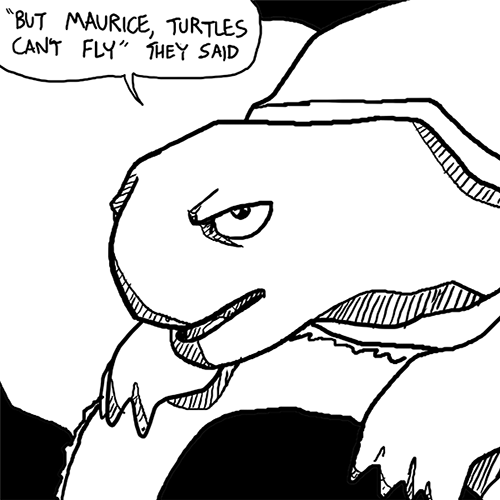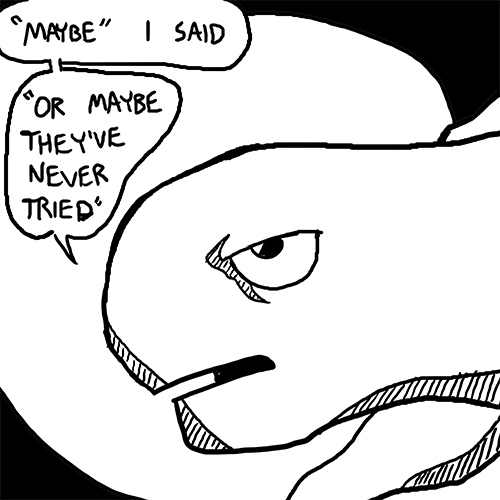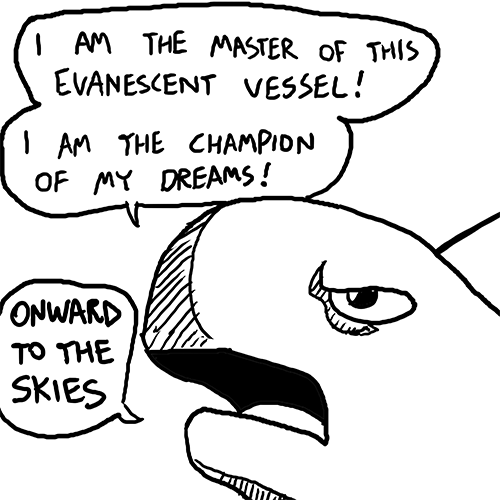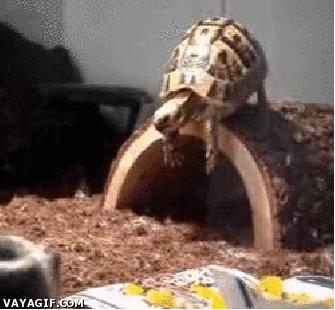A point I'd considered bringing up yesterday, and which is actually better illustrated in that photo, is the apparent fold seen above the hammer in this picture. As you can see, the thin slabs of slate are weathered and broken up. What you can't see from this perspective is that this is a steep slope, around 45 degrees. The view is directly into it. Looking at yesterday's photo, you can see that the apparently unbroken exposure below and to the left of this area has a fairly consistent strike and dip of foliation (which is not necessarily the same as the original bedding- it most often isn't in outcrops of the Galice where I've been able to identify the bedding). There may be some minor flexure, but certainly not to the degree that seems to be presented above. So I believe what we're seeing here is simply creep: incremental downhill motion primarily under the influence of gravity, aided by freeze-thaw cycles, clay wetting/swelling-drying/shrinking cycles, and perhaps bioturbation. That creep is quickest in the area where the hammer is sitting, giving the loose rubble the outward appearance of a syncline.
Photo unmodified. May 8, 2013. FlashEarth Location. Indexed
Is This Your Hat?
11 years ago







